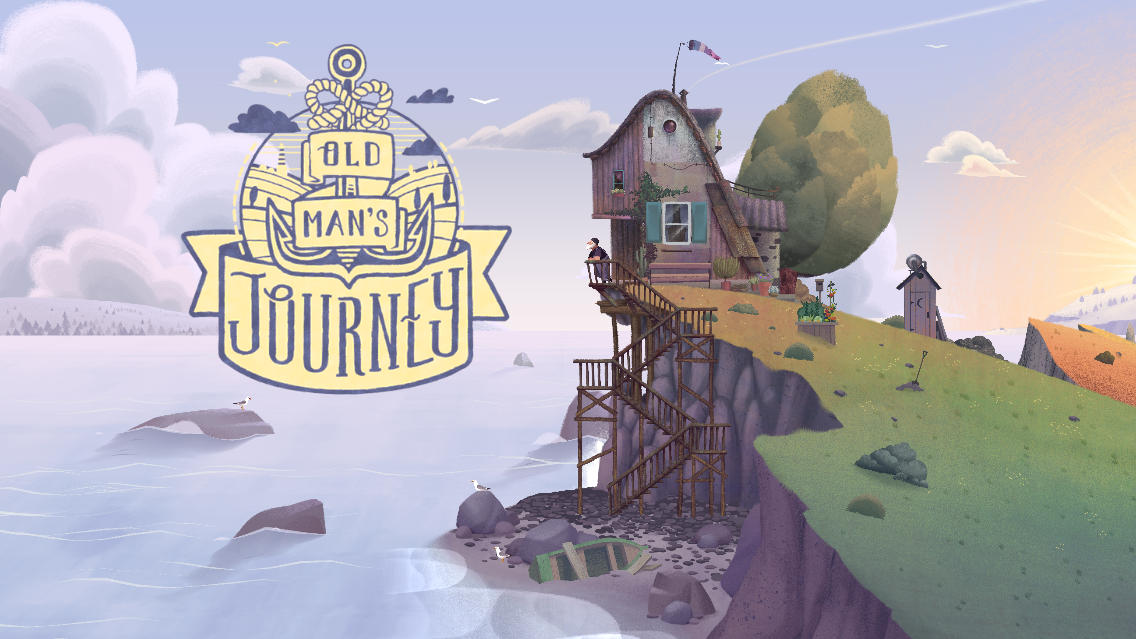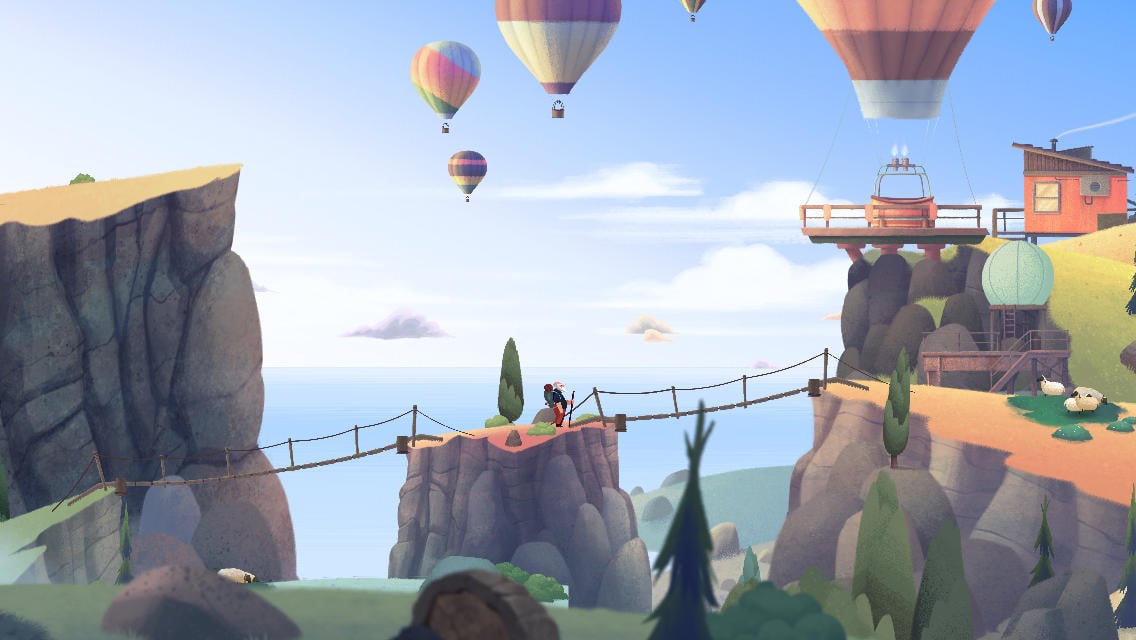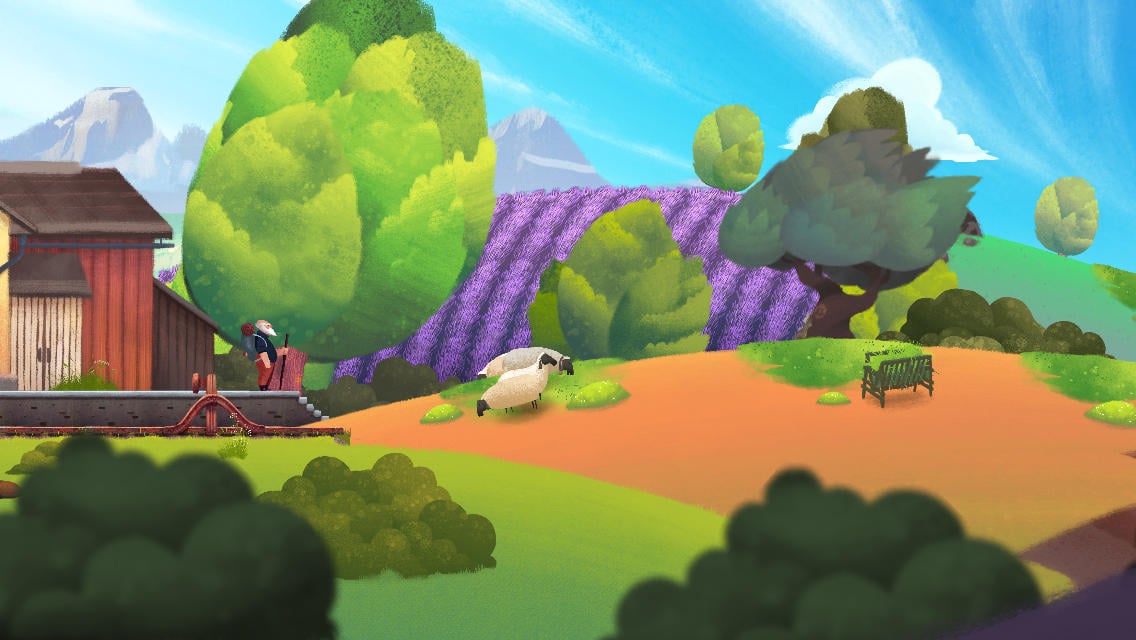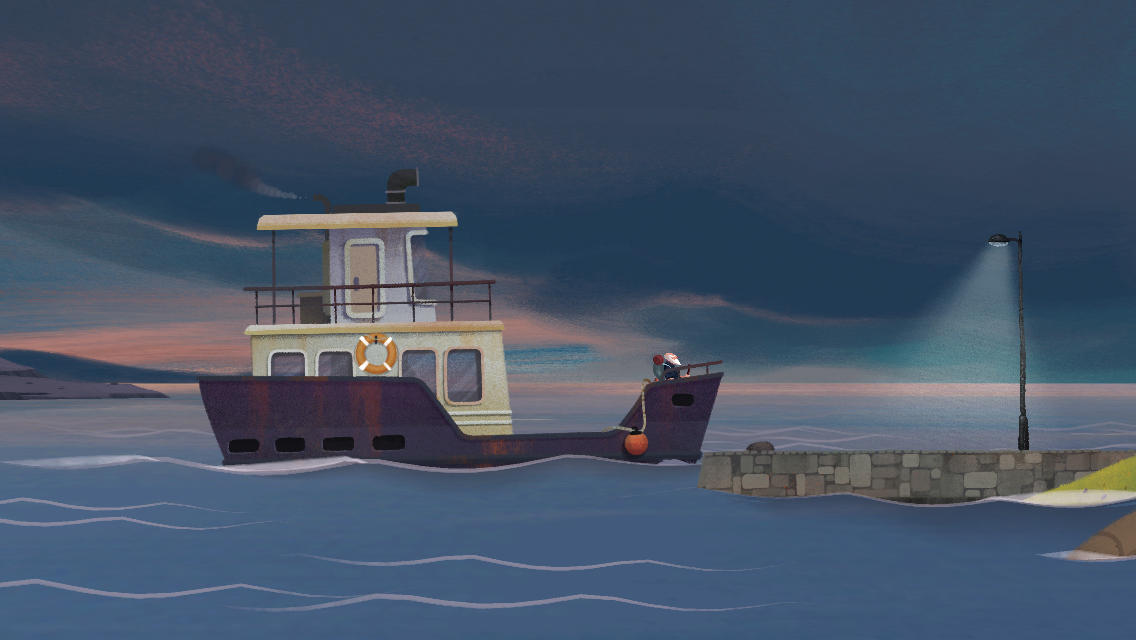- Wondering how to get Monopoly GO! free rolls? Well, you’ve come to the right place. In this guide, we provide you with a bunch of tips and tricks to get some free rolls for the hit new mobile game. We’ll …
Best Roblox Horror Games to Play Right Now – Updated Weekly
By Adele Wilson
Our Best Roblox Horror Games guide features the scariest and most creative experiences to play right now on the platform!The BEST Roblox Games of The Week – Games You Need To Play!
By Sho Roberts
Our feature shares our pick for the Best Roblox Games of the week! With our feature, we guarantee you'll find something new to play!All Grades in Type Soul – Each Race Explained
By Adele Wilson
Our All Grades in Type Soul guide lists every grade in the game for all races, including how to increase your grade quickly!
Old Man’s Journey Review: Beyond the Sea
Old Man’s Journey begins on a secluded beachside cliff, a patchwork shack of a house settled precariously close to the edge and a winding staircase leading down to a tiny beached rowboat. Waves crash against the rocks as seagulls perch …

Old Man’s Journey begins on a secluded beachside cliff, a patchwork shack of a house settled precariously close to the edge and a winding staircase leading down to a tiny beached rowboat. Waves crash against the rocks as seagulls perch on lone outcroppings in the ocean, the wind rustling the leaves of a hearty tree, a vegetable garden, the title logo itself. The eponymous Old Man stands at the top of his stairs-balcony, gazing out over the sea. Behind him, the sun has just begun to highlight the tips of nearby hills a golden orange: it is dawn.
This opening scene sets the stage for the achingly beautiful art that permeates Old Man’s Journey. Everything is hand-painted and individually crafted, with little touches of movement giving life to the world. A delicate wisp of smoke rises off the chimney pipe; potted plants dance in the ocean breeze; clouds roll by in the distant background. The next scene is a vertical panorama of hills of red, blue, and brown dotted with brick and stucco houses with laundry hanging between shared lines and shutters lining every window, topped by a three-story hotel with wraparound balconies and brilliant turquoise awnings sheltering a sleeping hound, lounging tourist, and calmly strumming musician. A color palette reminiscent of Monet is used throughout these areas and the entire game to give the world a sense of sun-kissed depth, breath, and impermanence. It’s a world best enjoyed as a painting—slowly and savored—and not rushed through in an attempt to simply reach the end.

The game does progress through a linear story, however, which is told as the Old Man passes through each breathtaking scene. He receives a letter that morning at his cliffside home, and while we don’t see what is written inside it, his face gives us a hint: he looks shocked, confused, worried, and then determined before picking up a traveling pack and walking stick. He immediately sets out toward a destination that’s unknown to us, yet it’s our job to help him get there. The story and his endpoint are revealed at stops along the way; when he pauses to rest at different locations, like the hotel or a train station, we see a flashback from his past that is related to the current location. These flashbacks are stationary scenes that—like the rest of the game—contain no dialogue or narration, but present the Old Man’s history through gorgeous, instantly understandable moments in time.
While we don’t want to spoil the story itself, we do want to commend developer Broken Rules on their stunningly cohesive world and plot. The rolling hills that make up most of the game’s environments and their rippling movement are reminiscent of the waves of the ocean, which we learn the significance of as we travel with the Old Man. Many of the themes of his history are represented in some way within the world itself, such as the many recurring shutters that begin open and can be tapped closed. Even the weather of the present journey progresses to match the flashback vignettes we see, from a bright and clear morning when he first sets out to gray and stormy as the backstory takes an emotional turn. The journey and the history are intertwined, and all of these little touches ensure that the Old Man is not the only one who feels their sympathetic relationship.
Although the greatest draws in Old Man’s Journey are its gorgeous scenes and its touching, universal story, the simple puzzle gameplay used to progress through these features is both unique and enjoyable. The Old Man will automatically walk to any location players tap as long as he can reach it, but most of the environments he is traversing are made up of hills that are layered on top of one another and sometimes even blocking his destination. To create a path and uncover hidden areas, players must drag the hills themselves so they are touching and the sloping-away point of one reaches the sloping-towards point of another. This is never too difficult, and the yellow highlight that appears on top of hills mid-movement clearly shows if any two are intersecting at a point where the Old Man can cross. There are no items to find or use, no special powers to unleash: simply the Old Man and some very malleable hilltops.
The challenge primarily comes from the fact that you cannot move the hill the Old Man is currently standing on, so you’ll often have to direct him to wait on one location while you shift another. There are also added obstacles thrown in as the game progresses, such as territorial sheep that won’t let the Old Man pass and walls that must be broken down by rolling a stone wheel through them. Most of the time, however, you’ll simply be dragging hills around until a path is visible and then directing the Old Man onward.

There is no fail state in any event, and a misaligned hill can simply be dragged back to where it needs to go at any time. The biggest mistake you can really make is sending the Old Man down a hill or waterfall he didn’t need to descend, but even then you simply tell him to head back up to the top. There are some scenes where it’s difficult to tell what the actual destination is—you’re often simply climbing or descending until the camera automatically zooms out to indicate you’re in the right location—but since scenes are fairly self-contained, even this is not a major hurdle in most situations.
The one area that doesn’t quite live up to the rest of the game’s stellar presentation is its interactivity: many objects in the world can be tapped on to create some small effect, like opening a door or shutting a window, jiggling loosely hung power lines, coaxing a few croaks out of a trio of frogs. The problem is that the Old Man is so responsive to your taps that playing around with the world will almost always result in him following your finger, even when all you wanted to do was badger an old lady. As we mentioned above, it’s not a major pain point if he ends up off the correct path, but when everything you do ends up leading him astray, it discourages playing around too much. These environmental Easter eggs are simply for fun, so there’s no harm in not seeking them out, but they add even more vitality and charm to the game when you do find one.

Too responsive controls aside, Old Man’s Journey is a beautiful, affecting experience from start to finish that rewards players that are willing to take their time and admire each scene in full before forging ahead. While it’s a short trip—even carefully-paced players will likely finish it within a few hours—learning the entire story and purpose of the journey provides insight and light on subsequent playthroughs, which inevitably feel slightly different. The hill-sliding puzzle gameplay provides a bit more interaction than some similarly story-based adventures, such as Burly Men at Sea, but the tide-like mechanics of revealing and reaching new paths ties into the game’s themes effortlessly. Those themes and the entire story are presented boldly without dialogue, allowing the delicately crafted scenes to speak to the player directly, washing over them like rosé-colored waves at sunrise.

The good
- A beautiful series of scenes that are standalone works of art, but which come together to tell a cohesive and touching story.
- The story and world are thoughtfully intertwined, with objects and elements of the present journey elegantly representing the tale we're slowly unfolding.
- Interesting hill-sliding puzzle mechanics that are both meaningful to the Old Man and surreally entertaining to play with.

The bad
- Interacting with random items in the environment is a bit difficult since the Old Man follows your taps everywhere.
- Exiting the game and returning will sometimes set you back to the very beginning of an already-completed area.
More articles...
Monopoly GO! Free Rolls – Links For Free Dice
By Glen Fox
Wondering how to get Monopoly GO! free rolls? Well, you’ve come to the right place. In this guide, we provide you with a bunch of tips and tricks to get some free rolls for the hit new mobile game. We’ll …Best Roblox Horror Games to Play Right Now – Updated Weekly
By Adele Wilson
Our Best Roblox Horror Games guide features the scariest and most creative experiences to play right now on the platform!The BEST Roblox Games of The Week – Games You Need To Play!
By Sho Roberts
Our feature shares our pick for the Best Roblox Games of the week! With our feature, we guarantee you'll find something new to play!All Grades in Type Soul – Each Race Explained
By Adele Wilson
Our All Grades in Type Soul guide lists every grade in the game for all races, including how to increase your grade quickly!







